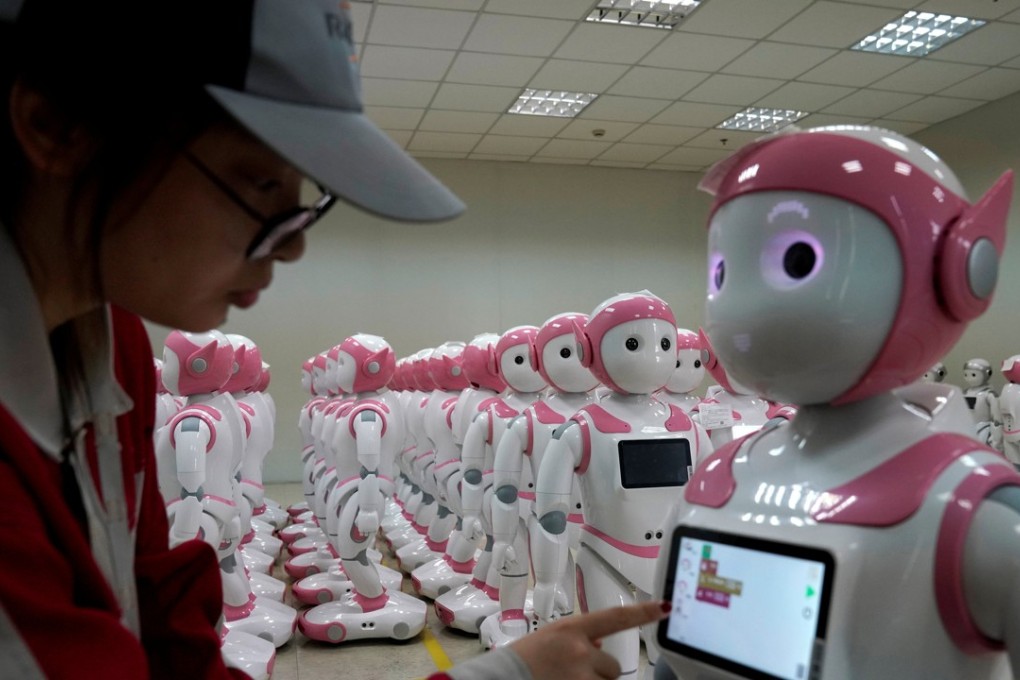
Science fiction writers and technologists have been predicting the arrival of robot butlers for the better part of a century. So far domestic robots have been relatively pedestrian: robot dogs, vacuum cleaners, lawn mowers. Rosie of “The Jetsons” fame? Not so much.
That may be about to change. Behind the scenes, big tech companies are funding secret projects to develop robots. Amazon.com Inc. has been working on a robot version of its Echo voice-activated speaker for a while now and this year began throwing more money and people at the effort. Alphabet Inc. is also working on robots, and smartphone maker Huawei Technologies Inc. is building a model for the Chinese market that will teach kids to speak English.
None of these bots are capable of organizing your closet or mixing cocktails, but advances in artificial intelligence, processors and computer vision mean that simpler machines could start appearing in the next two years, according to people familiar with the companies’ stealth programs. Whether or not the robots catch on with consumers right away is almost beside the point because they’ll give these deep-pocketed companies bragging rights and a leg up in the race to build truly useful automatons.
Many companies have attempted to build domestic robots before. Nolan Bushnell, a co-founder of Atari, introduced the 3-foot-tall, snowman-shaped Topo Robot back in 1983. Though it could be programmed to move around by an Apple II computer, it did little else and sold poorly. Subsequent efforts to produce useful robotic assistants in the U.S., Japan and China have performed only marginally better.